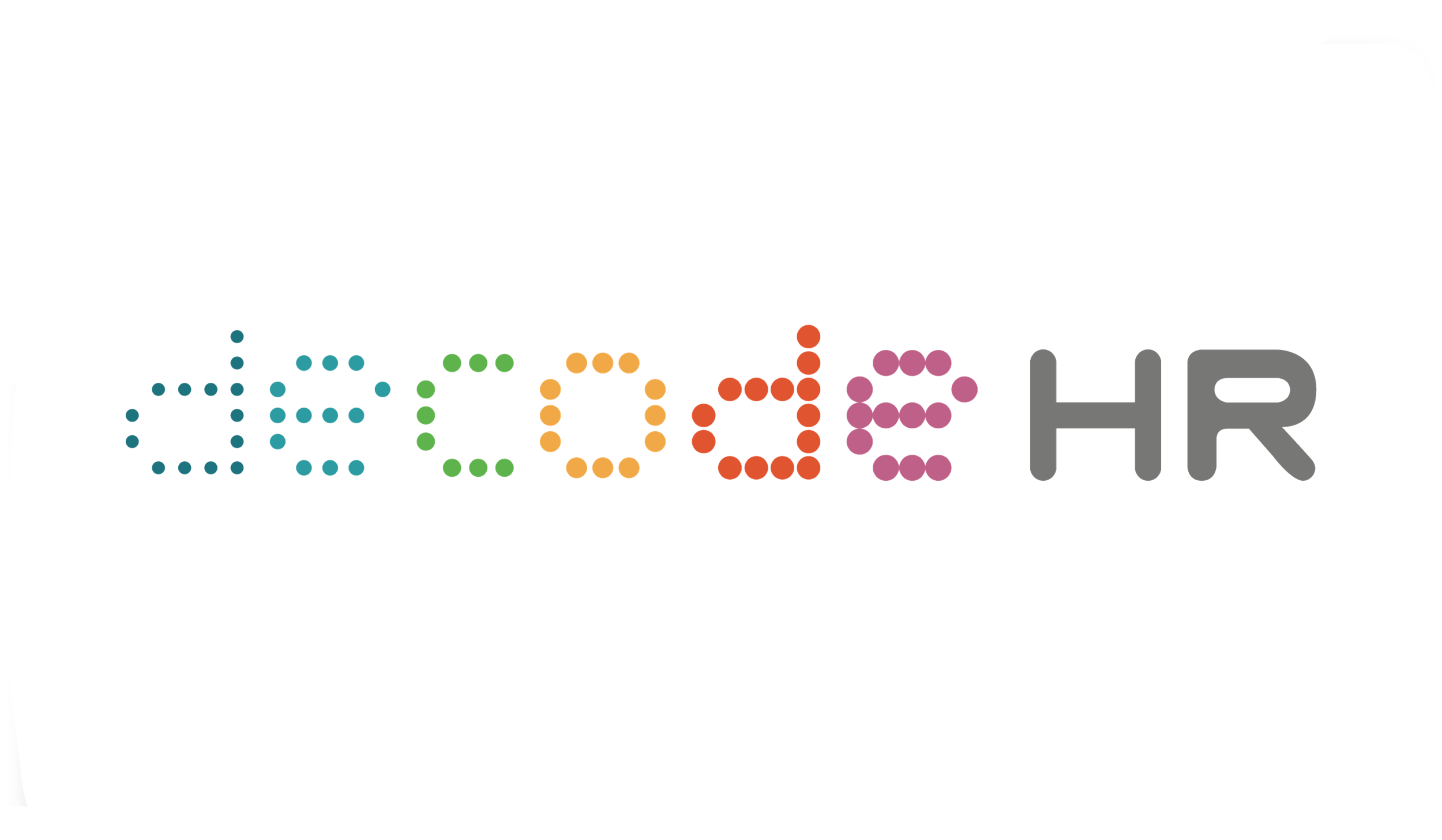“Radical Flexibility” at Work Sounds Great. But It May Not Be for Everyone
Reading time: 5 mins
Letting employees determine where, when and how work is done is being put forth as what the future of work may look like. But context matters. Radical flexibility may not suit everyone. DecodeHR Managing Director Evelyn Chow and Engagement Director Charlene Yong share their perspectives.
One of today’s sexiest buzz phrases is “radical flexibility”.
A quick Google search for “radical flexibility” turns up headlines like “Reinvent your future of work strategy with radical flexibility”, “Radical flexibility: What it is and why we love it”, “Are you ready to be radical about flexibility?”
What is it?
In a 25 April McKinsey blog article by four organisational culture experts, radical flexibility means that employees get to decide:
Where work can be done. They suggest that hybrid work models with set days in the office are “falsely flexible”.
When work can be done. “Organisations must trust that the work will get done and leave employees with sufficient time and energy to take care of their personal responsibilities and well-being,” stated the article.
How work can be done.
The McKinsey article is part of a series on the Great Attrition which explores the immediate actions leaders can take to retain and attract talent at a time when employees are leaving their jobs in droves.
Radical flexibility is an attractive idea which seems a possible solution to the Great Attrition or Great Resignation.
But in reality, radical flexibility may not be all that it is made out to be. There are variables which would determine how applicable or successful radical flexibility can be.
DecodeHR Managing Director Evelyn Chow said, “When it comes to HR and people, it is always tempting to think that there would be a one-size-fits-all solution.”
“While the idea of radical flexibility is certainly food for thought, leaders have to bear in mind that the objective is to create a great employee experience. Not everyone would necessarily do well in an environment where they have complete liberty over where, when and how to work.”
Whether radical flexibility is applicable would also depend on the nature of work and the job scope. What are some of the other variables leaders have to take into account?
WORK EXPERIENCE
In order for radical flexibility to work well, there has to be a great deal of self-awareness on the part of the employee.
This comes down to how much work experience an employee has, and how well they know themselves. Some may know, for instance, that they work much better in the wee hours of the night. They are then able to tell their bosses when they want to work, perhaps even taking the afternoon off, as long as they deliver the results.
But an intern, fresh graduate or a new hire might require more structure and guidance. Not only to do their jobs, but they might need a helping hand to integrate into the organisation’s culture.
Just on remote work alone, much has been written about how compulsory work-from-home arrangements during the pandemic have adversely affected young people just stepping out into the workforce.
In a New York Times article titled “Remote Work is Failing Employees”, the author describes early career workers who felt “adrift”, “unmoored”, “totally unmentored” and “insecure”.
Said Evelyn, “New hires would benefit from having clearly outlined job duties, possibly guidelines on where, when and how to work, and coming into an office where they would find it much easier to integrate into the organisational culture.“
“These would come from formal or informal guidance and mentorship opportunities, and the chance to bounce ideas off other colleagues and team mates. This gives them added confidence to do their work. In addition, having working meetings face-to-face to discuss, say, how to resolve the pain points for a client may also be far more effective than an online meeting which can be very agenda-driven and limiting in terms of breadth and depth of discussion.”
CULTURE
While radical flexibility has ignited the Western hemisphere, it is questionable if it would take off the same way in the Asia-Pacific, as the countries within this region have very different working cultures.
Take Japan. In a June 2021 fortune.com article titled “Why Japan refuses to work from home - even in a deadly pandemic”, the article writer observed that at a train station, despite a public address system chiming “Please think about working from home,” the train was packed “cheek-to-jowl” with commuters going to work.
An expert quoted in the article explained that Japan’s work processes were “based on rigid protocols, personal interaction, constant training on the job, and group communication.”
Indeed, many countries in Asia including Japan, China, Korea and Vietnam, are Confucianism-based cultures. According to frontiersin.org, Confucianism weighs interdependence more and behaviours conforming to others’ expectations are more socially desirable. Radical flexibility, however, is more in line with individualism which emphasises one’s independence and self-achievement.
Said Evelyn, “In some Asian cultures, we are wired to put the interests of our team above our own. Thus, whether we can embrace radical flexibility also comes down to deep, cultural factors.”
READINESS OF LEADERS
Radical flexibility demands that leaders and managers have the mindset, tools and confidence to effectively manage their teams. Trust is also essential.
Not everyone is ready, and not every leader feels their workforce is ready to embrace the idea of radical flexibility.
A survey by Ricoh Europe, which polled 1,500 business leaders across Europe, found that 65 per cent did not fully trust their employees to do their jobs from home. About 39 per cent said they believed their employees did not work as hard or as effectively from home.
DecodeHR’s Engagement Director Charlene Yong said, “Given the fundamental changes in the world of work, it would be a great step towards radical flexibility if companies tried to make work more human, inclusive, healthier, and more conducive to personal development.”
“For instance, companies could do this by increasingly automating work, focusing less on controlling how work is done and more on controlling the results of work, and empowering workers as individual entrepreneurs rather than as masters of a time machine.”
In summary, Evelyn said, “Taking into account factors including the nature of the organisation, work experience of employees and culture, the challenge for leaders is to find that sweet spot when it comes to work flexibility. Most importantly, in order to find this sweet spot, they have to converse with and connect with their team members, so they can help them to succeed.”
Check out some of our articles on how leaders can engage and motivate their employees, which are applicable in a culture of radical flexibility:
Diversity and Inclusion: How to Be an Inclusive Leader









